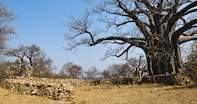
Ancient Kruger
Humankind's earliest ancestors lived and hunted in what is today the Kruger Park. The southern lowveld between the Drakensberg escarpment and the Mozambican border has been occupied by humans for at least the last one million years. This spans the time between Homo erectus, a primitive species of Homo sapiens and modern humans - Homo sapiens sapiens.The evolution of the human brain is mirrored by archaeological finds in the Park, showing the transition from the cruder stone tool kits of the Early and Middle Stone Ages to the more refined and aesthetic tools of the Late Stone Age. Rock art and rock engravings are also to be found in Kruger.In more recent times, northern Kruger was a crucial cog in a major subcontinental pre-colonial trading network, known as the Thulamela culture. Although Thulamela itself is a relatively late site, dating from the 13th to 17th centuries, there is evidence from Mapungubwe further up the Limpopo Valley that active trading with the coast began around 900 AD.Arab, Indian and possibly even Chinese ships docked on the Mozambican coastline to trade for commodities from the southern African interior. These included animal skins, ivory products, gold and copper, which were sourced from South Africa, Botswana and Zimbabwe, and then channelled down the Limpopo River to the Indian Ocean.At Thulamela Indian glass beads and Chinese porcelain have been found among the locally manufactured copper, gold and iron artifacts. Over time the untold story of Kruger's ancient human heritage may rival the fascination visitors currently entertain for the Big Five.Human Evolution in Africa
Africa is the birthplace of humankind. Every critical event in our physical evolution occurred on this continent before our ancestors inhabited the rest of the world. Evolution is usually driven by changes in the physical environment. In this case, far-reaching climatic shifts between five and seven million years ago resulted in the destruction of the great African forests and the rapid expansion of the savannah.
Most scientists believe this led to a split in the primate lineage and the emergence of the ape men. Among them were the Australopithecines, who adapted to the emergent mixed woodlands by walking on two legs and utilizing new food sources.
Of the many australopithecine species that existed between three and six million years ago, one evolved into the genus Homo, sometime between two and three million years ago. It is commonly accepted that, after two million years ago, a series of outward migrations saw Homo erectus populate the rest of the world.
Since then there have been several species of Homo, leading to the appearance some 200 000 years ago of Homo sapiens sapiens, the species which embraces all people on earth today. There is strong evidence that Homo sapiens sapiens evolved first in Africa.
Archaeology Guide
Learn more about the Ancient History of Kruger National Park in the articles below.

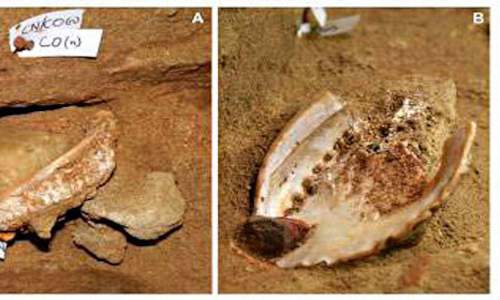 An ochre-rich mixture, possibly used for decoration, painting and skin protection 100,000 years ago, and stored in two abalone shells, was d...
An ochre-rich mixture, possibly used for decoration, painting and skin protection 100,000 years ago, and stored in two abalone shells, was d...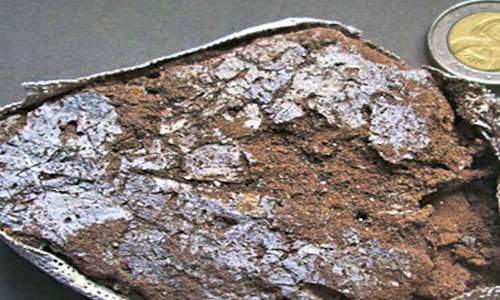 Evidence indicates the oldest bedding found in human history was made from sedge stems and leaves, was burnt regularly and served a dual pur...
Evidence indicates the oldest bedding found in human history was made from sedge stems and leaves, was burnt regularly and served a dual pur...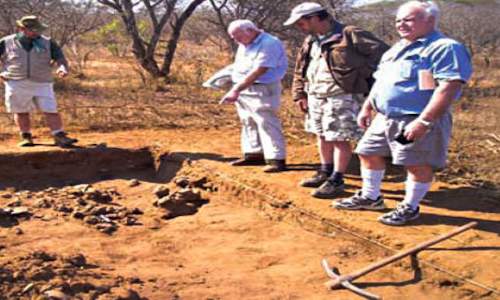 Two archaeologists made interesting discoveries during a procedural archaeological assessment preceding the Zandspruit Development at the fa...
Two archaeologists made interesting discoveries during a procedural archaeological assessment preceding the Zandspruit Development at the fa...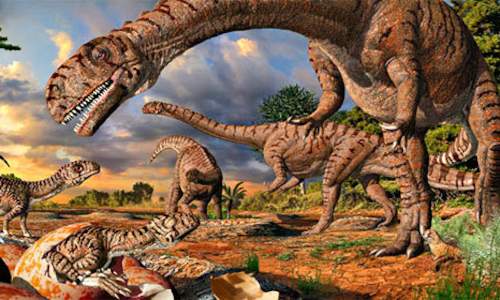 Next time you come across a group of zebra, wildebeest, blesbok and springbok typically found in the grasslands at Golden Gate National Park...
Next time you come across a group of zebra, wildebeest, blesbok and springbok typically found in the grasslands at Golden Gate National Park...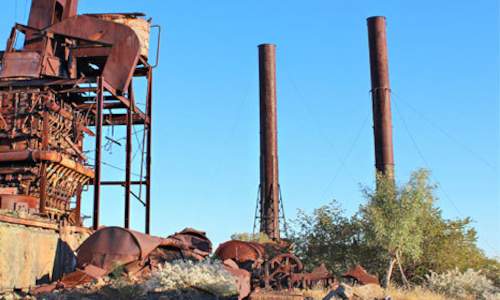 A mining company might be thought to be an unlikely custodian of archaeological treasures, but people have been mining in the town of Phalab...
A mining company might be thought to be an unlikely custodian of archaeological treasures, but people have been mining in the town of Phalab...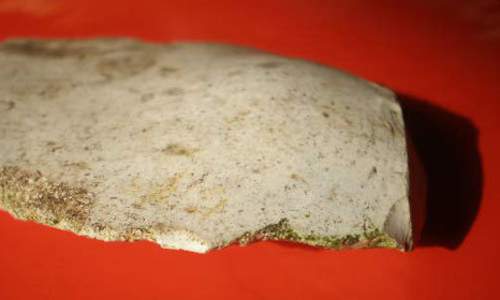 Using clues left behind over the millennia, we can trace our history in southern Africa from the very beginnings of human development, some ...
Using clues left behind over the millennia, we can trace our history in southern Africa from the very beginnings of human development, some ...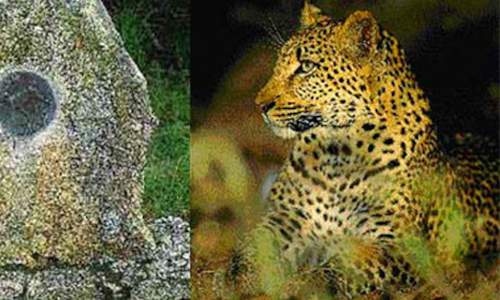 The Lowveld plains have been traversed by a host of travellers in search of fortune, but few memorials indicate their paths or recall their ...
The Lowveld plains have been traversed by a host of travellers in search of fortune, but few memorials indicate their paths or recall their ...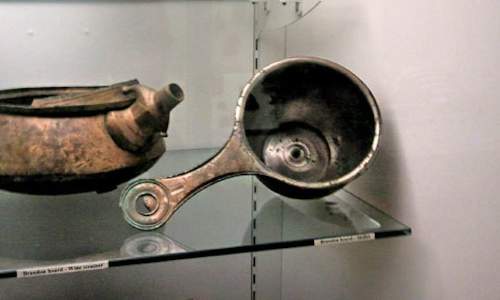 The next period of pre-history is the Iron Age, the name derived from the fact that the people of this era developed the ability to make wea...
The next period of pre-history is the Iron Age, the name derived from the fact that the people of this era developed the ability to make wea...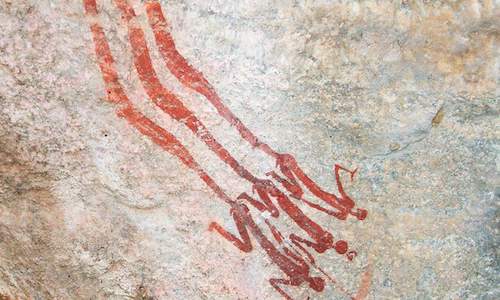 Most of the rock art found in Kruger is in the south-western foothills but recent research suggests that shelter paintings are prolific thro...
Most of the rock art found in Kruger is in the south-western foothills but recent research suggests that shelter paintings are prolific thro...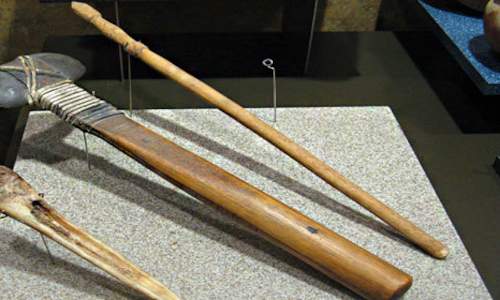 During the Later Stone Age, from about 40,000 years ago, a wide range of bone and wooden tools was increasingly in use and plants were used...
During the Later Stone Age, from about 40,000 years ago, a wide range of bone and wooden tools was increasingly in use and plants were used...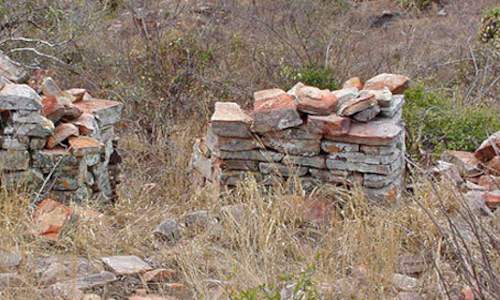 A completely different way of life is represented by the ruins of Makahane, northeast of Punda Maria, next to the Levuvhu River, and the dwe...
A completely different way of life is represented by the ruins of Makahane, northeast of Punda Maria, next to the Levuvhu River, and the dwe...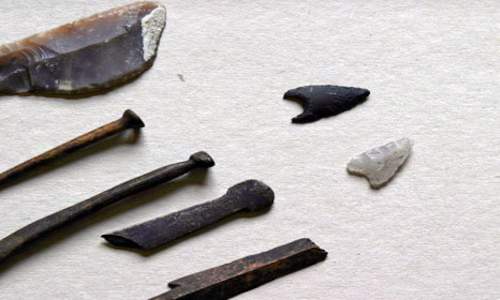 The Stone Age spans a lengthy period - from about 2 million years ago, to 1 800 years ago, and gets its name from the use made of simple sto...
The Stone Age spans a lengthy period - from about 2 million years ago, to 1 800 years ago, and gets its name from the use made of simple sto...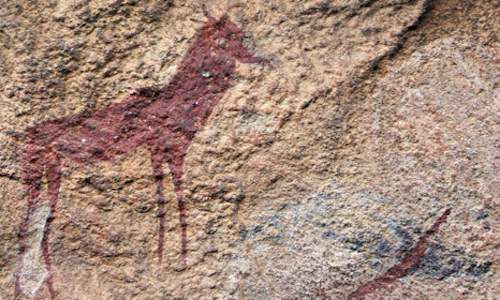 The age of rock art has been determined by using the radiocarbon method to date charcoal (carbon) from the layers from which painted and eng...
The age of rock art has been determined by using the radiocarbon method to date charcoal (carbon) from the layers from which painted and eng...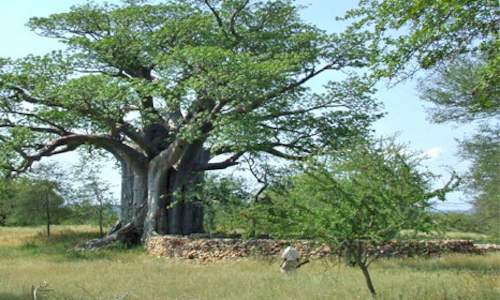 At sites such as Thulamela, in the north of the Park, evidence of this bustling trade still exists in the form of glass beads, Chinese porce...
At sites such as Thulamela, in the north of the Park, evidence of this bustling trade still exists in the form of glass beads, Chinese porce...